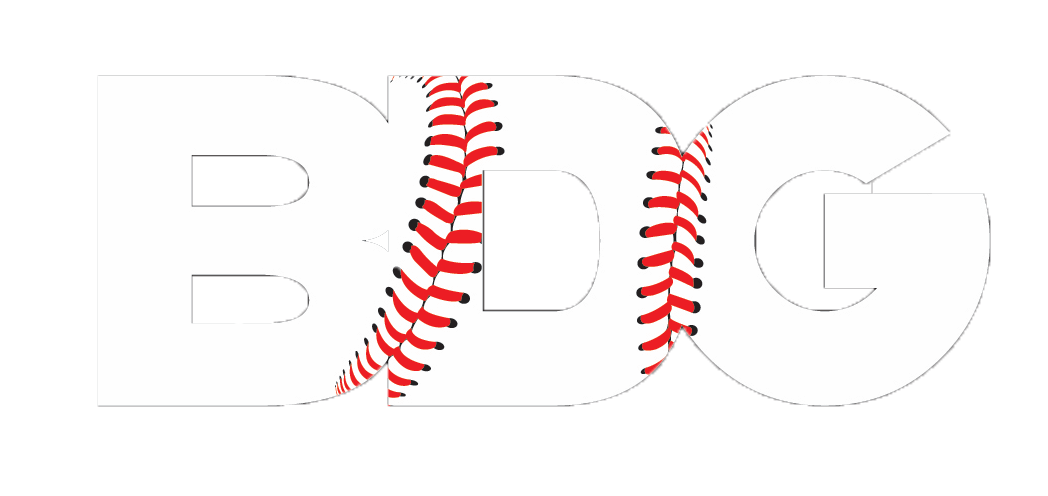Taking Time Off Before Fall Ball: A Good Idea?
At least in Ontario, the summer baseball season for a lot of players is winding down. For some of these players, their season will be over and there will be a short gap between that time and when Fall Ball starts back up again. Now is the time where we get flooded with questions about what to do in that period, almost always coming in the frame of “how much time should I take off?” A good question, for sure, but one that often comes with misguided answers.
In our opinion, these few weeks are probably the most mishandled ones of the entire year.
If I told you that I’m not a runner but that I’m going to wake up next Monday and crush a marathon, you’d probably advise me that it’s a terrible idea. That my body just isn’t going to handle that very well. Similarly, if I told you that I haven’t pitched competitively in 10 years but I signed up to throw a few innings in a men’s league, I think that you’d advise me all the same.
The research on injury prevalence and timing of the year would support common sense, in that baseball players sustain more injuries in Spring Training and early parts of the year than any other time. The theory is that players are subjected to too much mechanical load and strain, relative to what they’re ready for, and their tissues cannot handle it.
In essence:
Demand >>> Capacity
Stemming from this rationale, it has also been shown that chronic workloads are protective. If players build up the ability to handle many throws, sprints, or swings, they’re improving their capacity; good ole’ progressive overload at work.
The opposite, however, is true. We can’t escape the fact that our biology is dynamic in nature. At any moment in time we are adapting the stressors of our environment and that most certainly includes mechanical stress…or the lack thereof. The alignment and mechanical properties of our tissues, all the way down to their cellular components, are dependent on the load placed on them. If we stop working out, we get weaker and lose muscle mass. If we stop exposing our players to baseball specific loads (lowering how much we’re demanding) then we’re going to be diminishing our ability to handle them.
If we go from throwing full intensity for 80 pitches every seventh day, to only once in a four week span, would it make sense that they’re going to be ready to jump back into 80 pitches a month later? On a recent podcast, Dr. Jill Cook (one of the world’s leaders in tendon research) claimed that within two weeks of avoiding all load, a tendon would completely remodel itself and lose its strength.
What to do, then?
Before we throw blind advice about shutdown periods, we need to be acutely aware of a players ‘ecological system’. That means we need to factor in how their doing emotionally, psychologically, AND physically. We need to use assessments to find out how their body is holding up. We need to have an honest and open conversation about how they feel about the sport, the season and what their goals are moving forward.
For some players, this ‘downtime’ is an opportunity to step away from games and train to put on size, strength, and mechanics for the fall ball season. For others, it’s an opportunity to move directly into the off-season. And for some still, it’s a chance to keep the intensity up, find away to stay in competitive situations and make a smooth transition into fall ball.
But FOR EVERYONE, we need to ensure that our bodies are ready to handle whatever load is about to come our way. As coaches, that means asking our players how much they’ve thrown over the last month before putting them into a game for 5 innings. For players, it means seriously considering what you’re going to be asked to do and being appropriately prepared.
